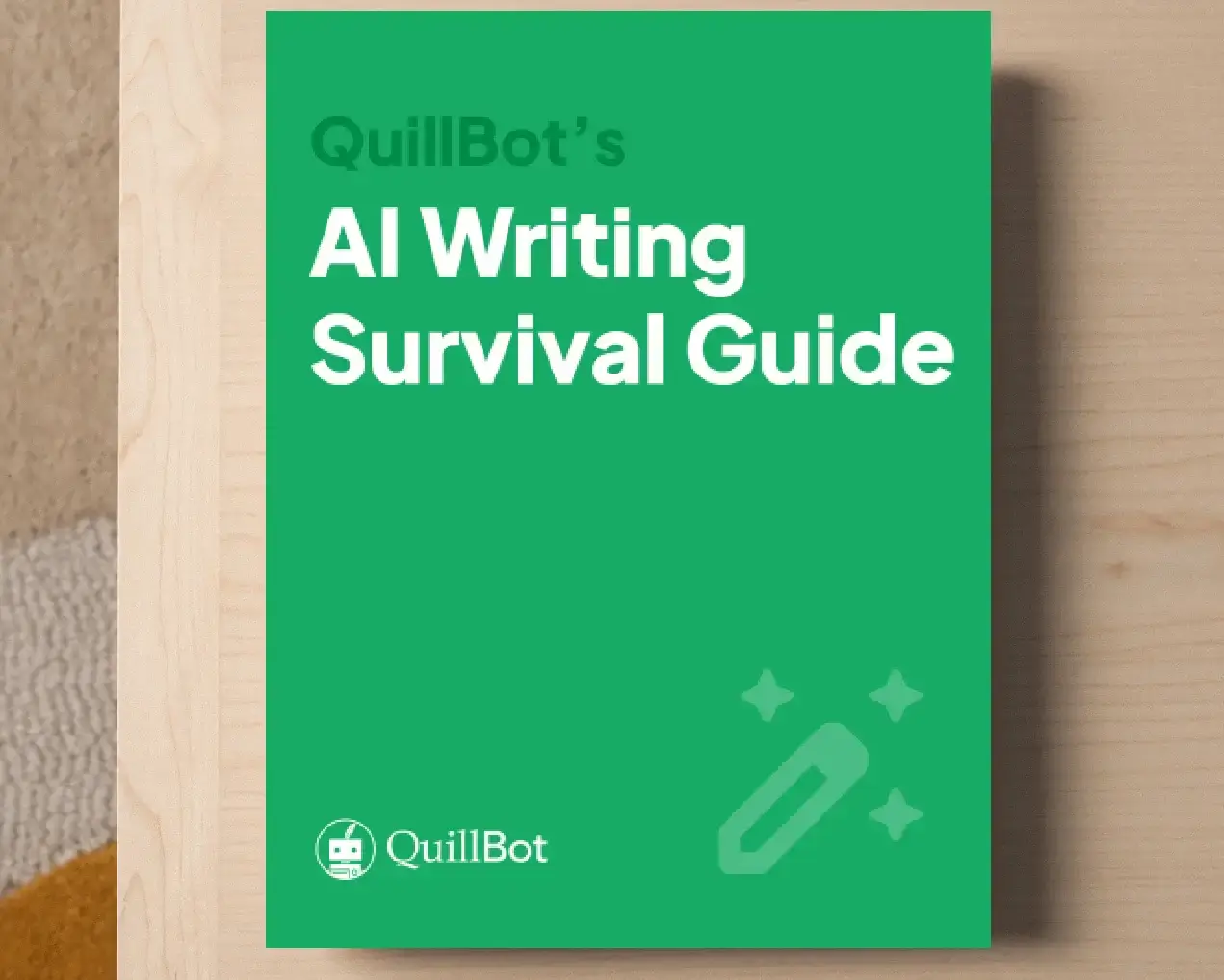First Person Point of View | Definition & Examples
A first-person point of view (also known as first-person narrative or perspective) is when a story is told from a character’s own perspective using pronouns like “I,” “me,” “we,” and “us.” This type of narrative technique lets the audience “see” the story directly through the narrator’s eyes, creating intimacy and immersion. First-person narrators are common across literary genres, especially in detective novels and memoirs.
What is first-person point of view in writing?
Point of view determines how the reader experiences the story. A first-person narration gives the reader a front-row seat to a character’s inner thoughts and feelings—the character who also serves as the narrator.
In first-person point of view, the narrator can be:
- A main character, like in Jane Eyre.
- Someone close to them, like Dr Watson in The Adventures of Sherlock Holmes
- Someone who observes the main character; in The Great Gatsby, Nick Carraway, the narrator, is Gatsby’s neighbor.
This perspective makes the story seem more plausible and the world within it more vivid. At the same time, what the audience knows is typically limited by the narrator’s experiences and awareness of the events. As the story unfolds, the reader and the narrator learn new information together, which works especially well in genres like mysteries and crime stories.
Here are some words and cues that can help you identify first-person point of view in a literary work:
| I | we |
| me | us |
| my | our |
| mine | ours |
First-person perspective reads like “I ran as quickly as I could,” “my heart was pounding,” or “footsteps were drawing closer behind me.”
Types of first-person point of view
First-person narration can take various forms:
- First-person central: The narrator is the main character or protagonist, telling their own story—for example, Holden Caulfield in The Catcher in the Rye.
- First-person peripheral: The narrator is also a character in the story, observing the protagonist or recounting events they’ve witnessed, as Dr. Watson does in The Adventures of Sherlock Holmes.
- Unreliable narrator: The narrator cannot be fully trusted, often because their perception of events is naïve, biased, or distorted—making readers question the truth of what they’re reading. For example, Mr. Stevens’s denial and emotional repression in The Remains of the Day make him an unreliable narrator.
- Multiple first-person perspectives: Several characters take turns telling parts of the story from their own perspectives. Also called a split narrative, this technique works well for complex stories, such as My Name Is Red by Orhan Pamuk, where each chapter is narrated by a different character.
- First-person limited: The narrator knows only their own thoughts and experiences. Because readers see the story entirely through the narrator’s eyes, they can know no more than the narrator does. This perspective is common in classic works like Jane Eyre and To Kill a Mockingbird.
- First-person omniscient: A rare instance where the narrator has complete knowledge of the plot and every character’s inner thoughts and feelings. The story usually has some framing device or supernatural/metaphysical aspects, like The Book Thief by Markus Zusak, where Death narrates and observes events beyond any single character’s perspective.
First-person point of view examples in literature
First-person point of view can take many forms in literature, from intimate confessions to layered or unreliable narratives.
In the opening of Moby-Dick, Herman Melville immediately establishes a confiding and intimate first-person narrator. By speaking directly to the reader and sharing his personal circumstances, he creates the feeling that someone is personally narrating their story.
Mary Shelley’s Frankenstein is a classic example of a frame narrative told through a first-person point of view. The story is framed by letters written by Captain Walton, who records the tale of Victor Frankenstein as told to him.
Through this structure, Shelley gives readers both Walton’s outer perspective and Frankenstein’s inner perspective. We feel Frankenstein’s emotions while remaining aware that his account is filtered through another narrator, creating distance and complexity.
Edgar Allan Poe’s The Tell-Tale Heart demonstrates how first-person narration can create an unreliable narrator—a storyteller whose account of events cannot be fully trusted. The narrator describes committing a murder, yet insists on his sanity while recounting the crime.
The story is told entirely through the narrator’s perspective, using first-person pronouns like “I” and “my.” By doing so, Poe immerses readers in his thoughts, obsessions, and heightened senses. His frantic tone, repeated insistence that he is sane, and distorted perception of his crime reveal him as an unreliable narrator, creating tension between his account and reality.
Tips for writing in first person
Writing in the first person is like inviting your reader directly into someone’s head. That closeness can make a story feel intimate and immediate, but it also comes with pitfalls: over-explaining feelings, getting lost in endless thoughts, or accidentally making your narrator sound too much like you.
Here’s how to avoid those traps and make the most of this perspective:
- Show, don’t tell. Instead of having your narrator announce “I was furious,” let us see it—perhaps their hands shake as they grip the steering wheel, or they snap at someone who doesn’t deserve it. If a passage feels flat, try rephrasing it with QuillBot’s Paraphraser to discover a more dynamic way to show your narrator’s emotions.
- Balance inner and outer worlds. Readers want to know what your narrator thinks, but they also need to see what’s happening around them. Too much introspection, and the story feels trapped inside their head.
- Keep the voice consistent. The narrator’s way of speaking should feel distinctly theirs—shaped by who they are, where they’re from, and what they’ve experienced. A teenager and a retired professor shouldn’t sound the same, even if you’re writing both.
- Play with reliability. First-person narrators don’t have to tell the whole truth. Maybe they lie to themselves, or conveniently forget certain details. The tension between what they say and what’s really happening is where the story gets interesting.
- Create distance from yourself. Unless it’s a memoir, your narrator isn’t you. Give them traits you don’t have—let them be brave where you’d be cautious, or awkward where you’re confident. It frees your imagination and makes their voice ring true.
Frequently asked questions about first-person point of view
- What is a limited point of view?
-
A limited point of view, often found in literature or film, usually describes a narrator who has limited knowledge of the action being described.
A first-person narrator is an example of a limited point of view, as the reader or viewer only knows what the character in question knows.
Often, even a third-person narrator will offer a limited point of view, depending on what the author’s intentions and needs are.
If you want to make sure your own writing is grammatically correct, try the free QuillBot Grammar Checker.
- What is an omniscient narrator?
-
An omniscient narrator knows everything happening in a story, including the actions, thoughts, and feelings of all characters. The term comes from the Latin omni- (“everything”) and scientus (“knowledge”).
While first-person point of view gives readers access to only one character’s perspective, and second-person point of view addresses the reader as “you,” an omniscient narrator—usually in third-person point of view—can share multiple characters’ inner thoughts and provide a complete picture of the story world.
You can use QuillBot’s Paraphraser to find new ways of saying “omniscient narrator” (or anything else!)
- What is the difference between first- and third-person point of view?
-
There are several key differences between first- and third-person point of view, and understanding them helps readers follow how a story is told.
First-person point of view uses “I,” “me,” or “we,” so the story is told directly through one character’s eyes. Readers experience events, thoughts, and feelings as that character experiences them.
Third-person point of view uses “he,” “she,” or “they.” The narrator can focus on a single character (third-person limited) or follow multiple characters (third-person omniscient), providing a wider view of the story and events.
In short, first-person shows the story through one character’s personal perspective, while third-person provides a broader, more flexible view of the story world.
If you’re writing a story in the first- or third-person point of view, you can use QuillBot’s Grammar Checker to make sure your narration stays consistent and error-free.
Cite this Quillbot article
We encourage the use of reliable sources in all types of writing. You can copy and paste the citation or click the "Cite this article" button to automatically add it to our free Citation Generator.
Nikolopoulou, K. (2025, October 23). First Person Point of View | Definition & Examples. Quillbot. Retrieved October 26, 2025, from https://quillbot.com/blog/creative-writing/what-is-first-person-point-of-view/

